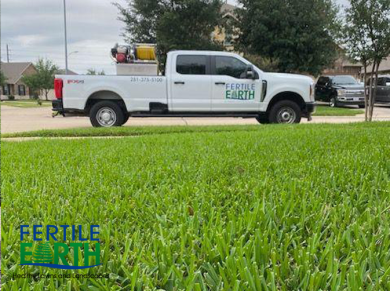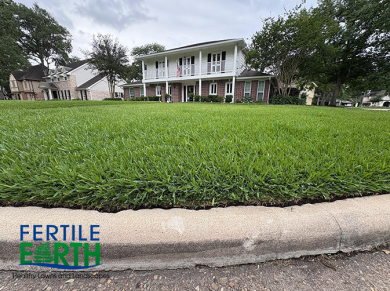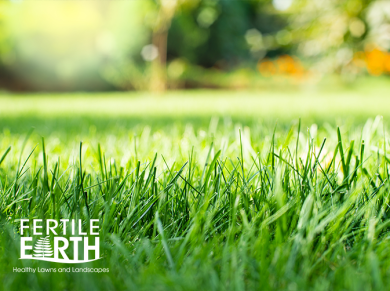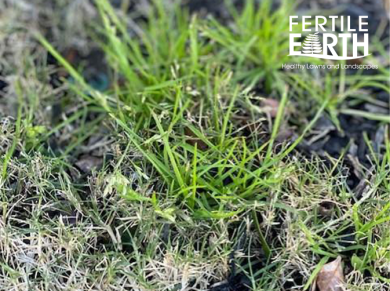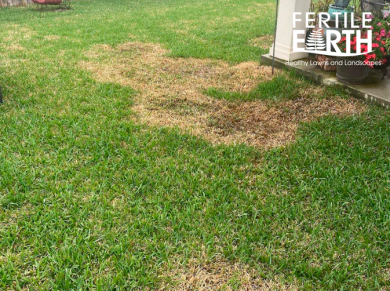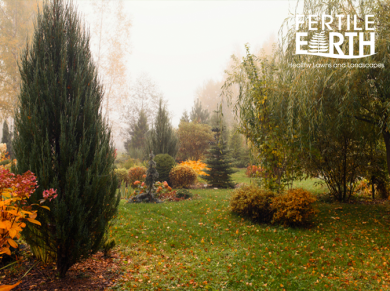Newsletter
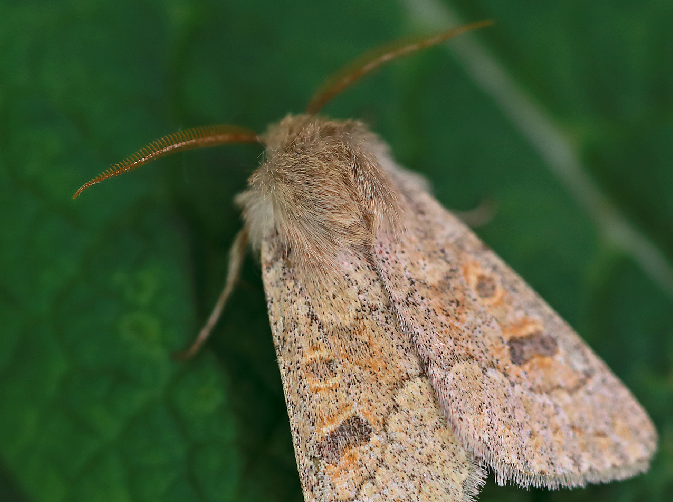
What are sod webworms?
Sod webworms are an insect that feed primarily upon St.Augustine grass but can also be found in Bermuda and Zoysia lawns. Their 4 step life cycle is from egg → larvae→ pupae → adult.
The larva stage (caterpillar stage) is when they are actively feeding and causing damage. As an adult, these caterpillars emerge from their cocoons as small brown moths which lay eggs in your grass and perpetuate the issues in your lawn. A tropical sod webworm in its adult stage is easy to identify. Webworm moths tend to fly away a few feet when disturbed.
When observed at rest, their wings form a triangular shape, much like a fighter jet. They are much harder to observe as a caterpillar because they are nocturnal.
How to identify sod webworm damage
Sod webworm damage can be identified with a few careful observations. For example,
damaged areas will appear brown and much shorter than unaffected areas of the lawn. This can often be confused for drought or lawn mower damage. However, with the ample rainfall we have received this summer, drought damage is unlikely. Thus, any brown areas of the lawn deserve an adequate inspection.
When you take a closer look at the damaged area, pay close attention to the individual grass blades. Do the grass blades have chunks taken out of the side, much like a bite mark? Sod webworms often chew from the sides of the blades, leaving a very indicative sign behind.
Now take a step back from the damaged area and take a larger look at the lawn. Remember those moths previously described? Start walking through the lawn. Are there moths constantly shifting positions to get away from you? If so, take a closer look at a moth once it does land. If it is a small brown moth that resembles a fighter jet when resting, you more than likely have sod webworms.
Brandon Spiteri
O: 281-375-5100
Fertileearthtexas.com
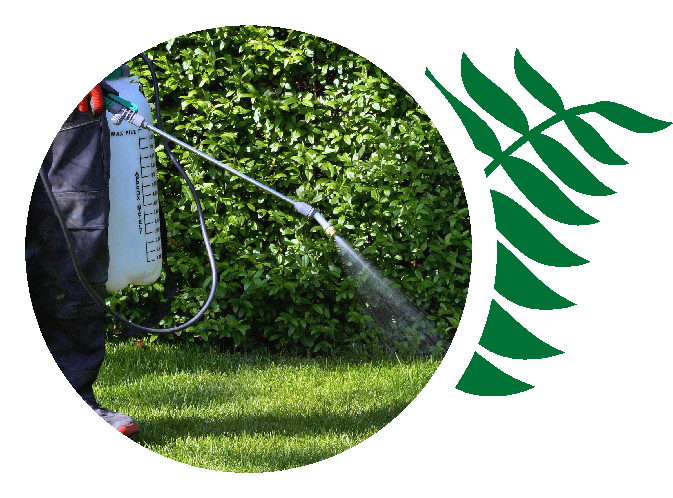
What to do
So, you have sod webworms! What now?
In order to break the cycle and stop the damage to your yard, an insecticide application is recommended. While sod webworms will not kill your lawn in one life cycle, multiple life cycles unchecked can lead to resodding areas of your lawn. Avoid the cost and headache of repairing extensive lawn damage by quickly controlling the problem. Contact us at 281-375-5100 if you have a sod webworm issue.




